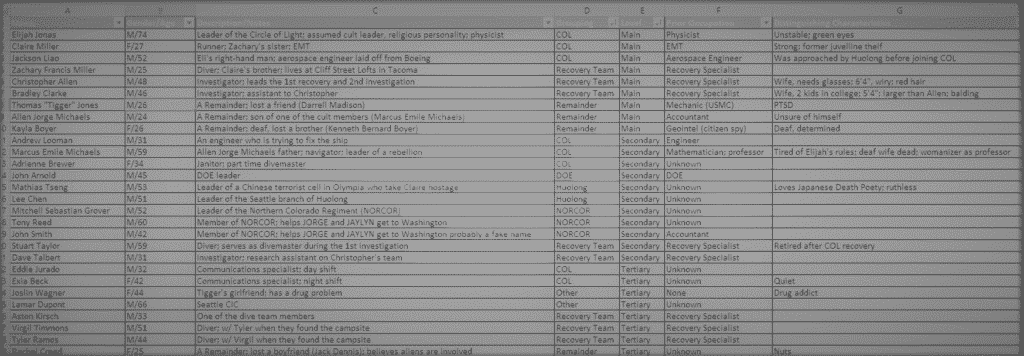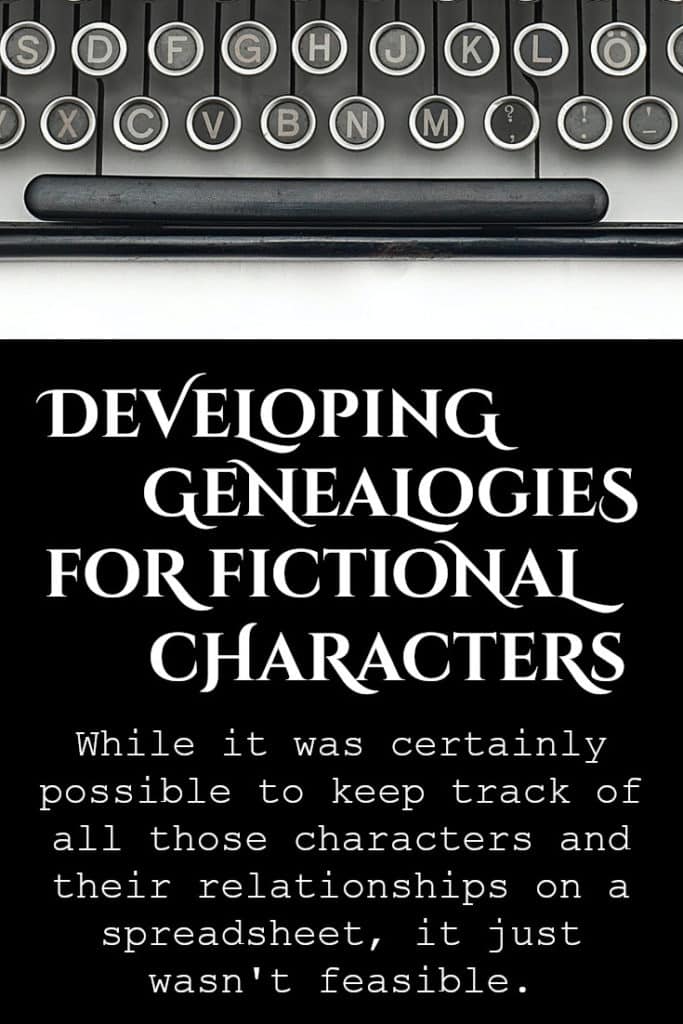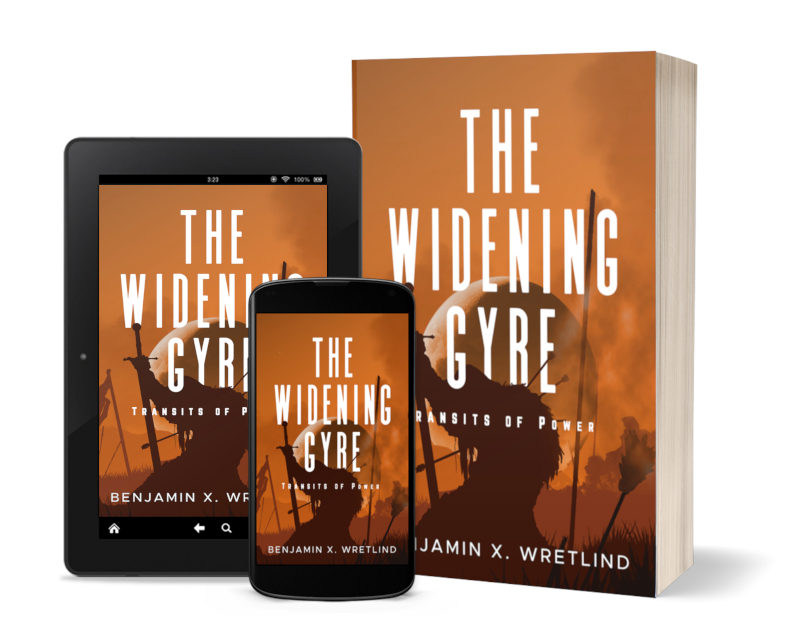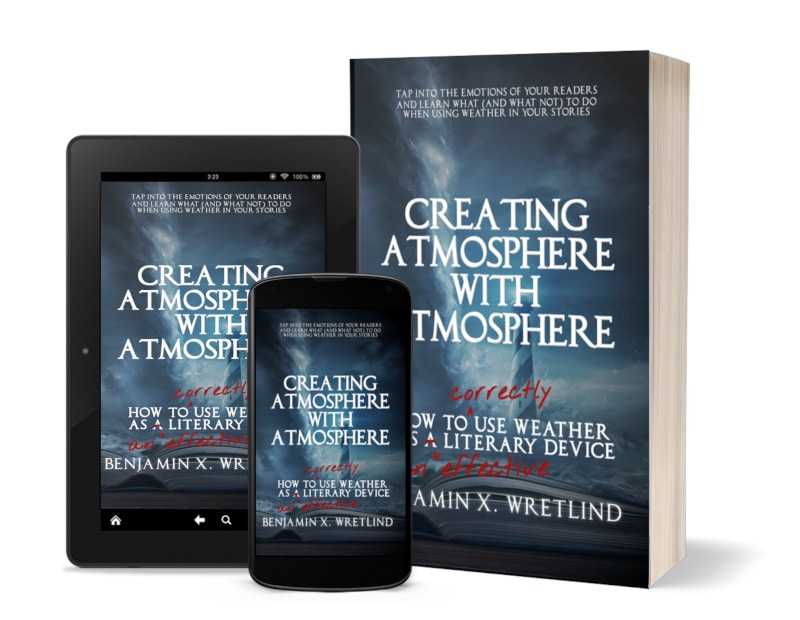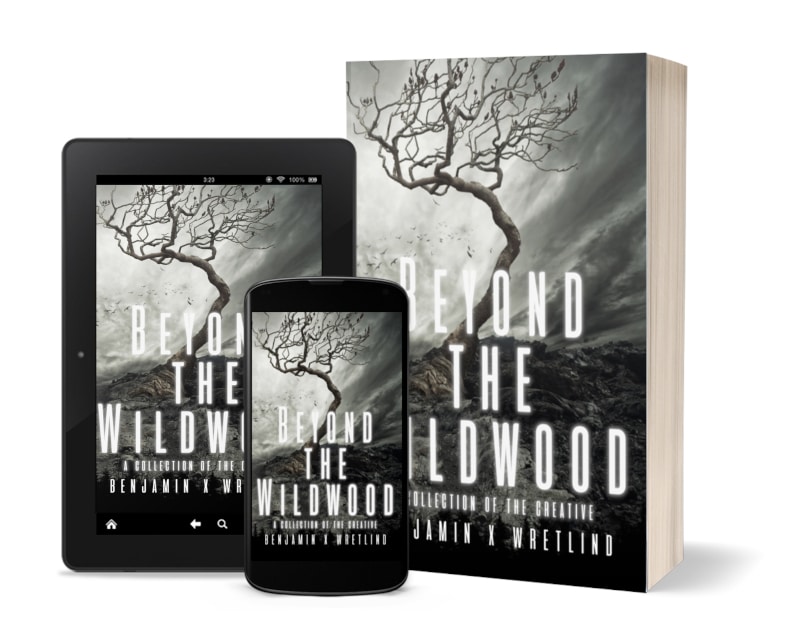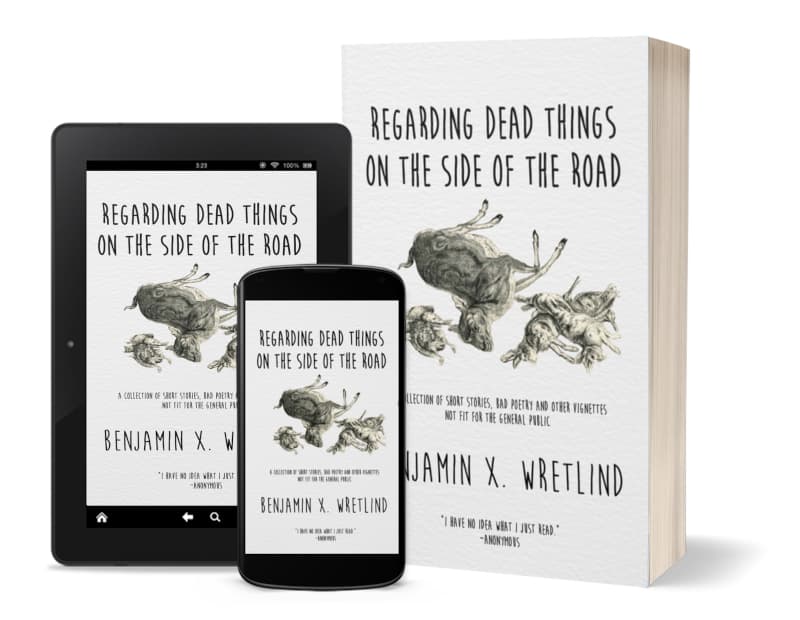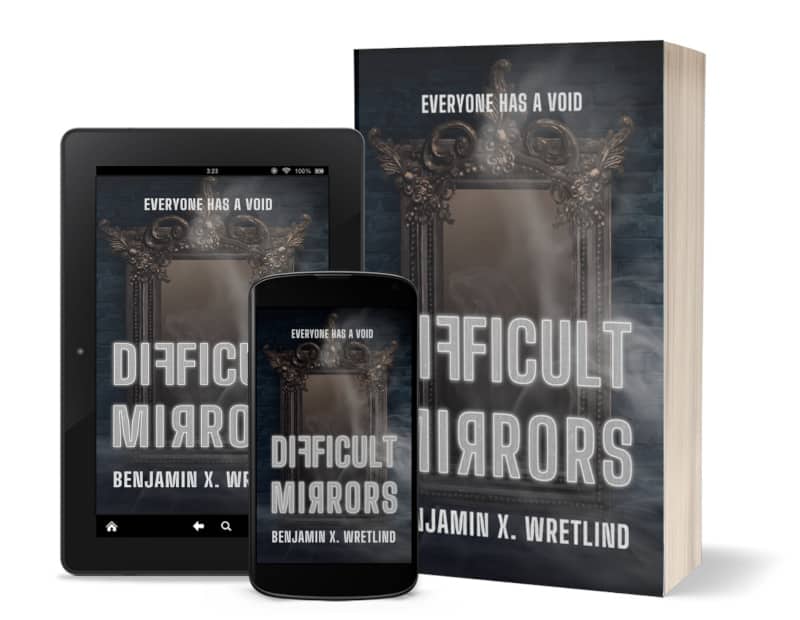Developing Genealogies for Fictional Characters
Characters in novels have lives. Long lives. Lives outside of everything we’ve ever written or plan to write. How do you keep all that in check when developing a world?
When I wrote my first few novels (some of which have been published, others hidden deep in the drawer of “to be rewritten later”), I found that with only a few characters, both major and minor, I could keep track of who was doing what, why, when, and where.
This was especially true in first-person narratives such as Castles, but even in third-person narratives where I might switch the point of view from chapter to chapter, I still worked within the limits of my cast.
That all changed when I decided to write a series that starts off with 312 colonists, a slew of major and minor characters and moves through generations.
Wow did it change.
Being a spreadsheet kind of guy, I initially wrote out the characters for this series in an Excel document and populated the columns with things like ages, occupations, and connections to other characters. That worked well at first. I found I could keep track of these characters, whether or not I used all of them or used them for only the briefest of scenes. With the spreadsheet, I had a ready source of material from which I could expand the story.
When I started to write the second novel in the series, however, I ran into a problem. As the second novel takes place forty years after the events of the first, I found I needed to build out my spreadsheet…to the point of it being nearly impossible to manage. After forty years, I now had three generations of people living in a society which respects the input of the elders (the first generation), was built stronger by the motivation of the second generation and is being taken over by the ideals of the third.
In the third novel, that third generation is having babies.
It was time to move on from that spreadsheet. While it was certainly possible to keep track of all those characters and their relationships on a spreadsheet, it just wasn’t feasible. It was time to do something dangerous.
It was time to purchase genealogy software.
After a good day or two searching, I found a software package that did what I envisioned. While I’m not advocating for any one software (nor do I get any kickback for links clicked), if you’re faced as a writer with keeping track of character genealogies over generations, I highly recommend GenoPro 2020, a family tree and genogram creation tool.
And if you push that little button below (or click on the previous link), you can get 30% off.
What is a genogram? A genogram is a family tree that contains additional information about the relationships. For example, you can track who dislikes character X or Y, who had an affair with character Z, who died and why. You can see the how various patterns might emerge in the psychology of some of your characters by discovering issues within a family.
Genograms are used by doctors, therapists, genealogists, sociologists, social workers, researchers, and–I will argue here–writers who might have a need to find a character’s deep motivation. As we all know, families are not simple.
You can not only build visual representations of family trees (a genomap) but also export your data into tables. For that reason, it can be a visual way to build that cumbersome spreadsheet.
As a science fiction writer, you can also set the reference year. This I found extremely helpful, as the reference year was 2071. Once set, ages display accurately.
There are also some pretty helpful tabs which you can use to further flesh out your characters. These include the basics (e.g., birthday, middle names, additional surnames), a full birth and death record, religious history, education, occupation, pictures (if you really want to get fancy), criminal history, their involvement with others, a medical history and more.
Here’s a portion of my genomap so far (I’m on novel three, which is 41 years after the events of the first novel.)
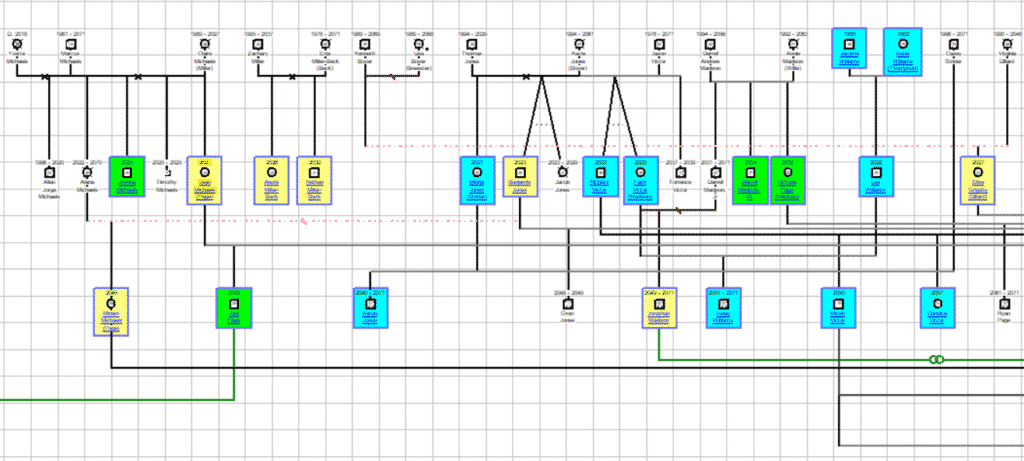
For a writer who might get bogged down in spreadsheets or notebooks, GenoPro 2020 is extremely helpful. I actually keep a copy of it open while writing, and if a character pops up in a scene, I make sure to add them to the genomap.
It’s all up to you, of course. How you build out your world is part of the writing process, and we each have our methods.
This just happens to be mine, and I thought I’d share.


